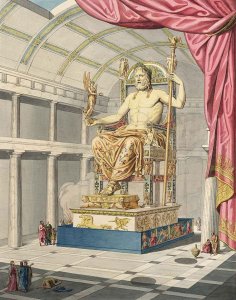De la mimésis antique à l'hyperréalisme contemporain
Abstract
Mimetophobia, the fear of imitation, in the sense of a negative or sceptical attitude towards resemblance, may have been caused by a too narrow interpretation of the concept mimesis as naturalistic representation and slavish imitation. Greek and Roman texts suggest that mimesis had a wide range of meanings: mimesis as neutral representation; mimesis as lifelikeness; mimesis as naturalism and illusion; mimesis as visualisation (phantasia) and mimesis as artistic repetition. Discussing the term mimesis in connection with ancient art, I propose that the artists used different mimetic modes depending on the function of the images. I further argue that antique mimesis was “medium-specific”, and that the artists were more concerned with material and technical excellence than with imitating natural appearances. Comparing antique and contemporary practices, it is found that the hyperrealistic sculptures of Carole A. Feuerman, John DeAndrea and Ron Mueck are closer to Plato’s concept of mimesis as visual deception than any ancient work could ever have been.

Downloads
Published
How to Cite
Issue
Section
License
Copyright (c) 2023 Elephant & Castle

This work is licensed under a Creative Commons Attribution 4.0 International License.





